As winter tightens its grip on Vermont’s landscape, most creatures of the forest become dormant to protect themselves from the extreme cold and harsh conditions. But life still exists and prevails during these long winter months, though it may be difficult.
In figure 1 we see a set of tracks approaching the brook. Based on the diagonal walking pattern and the two toed hoof-like shaped print, I believe these are deer tracks. The deer could have been meandering down the brook to take a drink and to browse the plants that grow along the banks to see if theres any food to eat. In figure two, we see the tracks of a squirrel. Based on the galloping pattern of the tracks and the size, I know these are squirrel tracks and not rabbit tracks, which are typically staggered and have larger tracks from the back feet. Though conditions are harsh, there are still signs of life here.
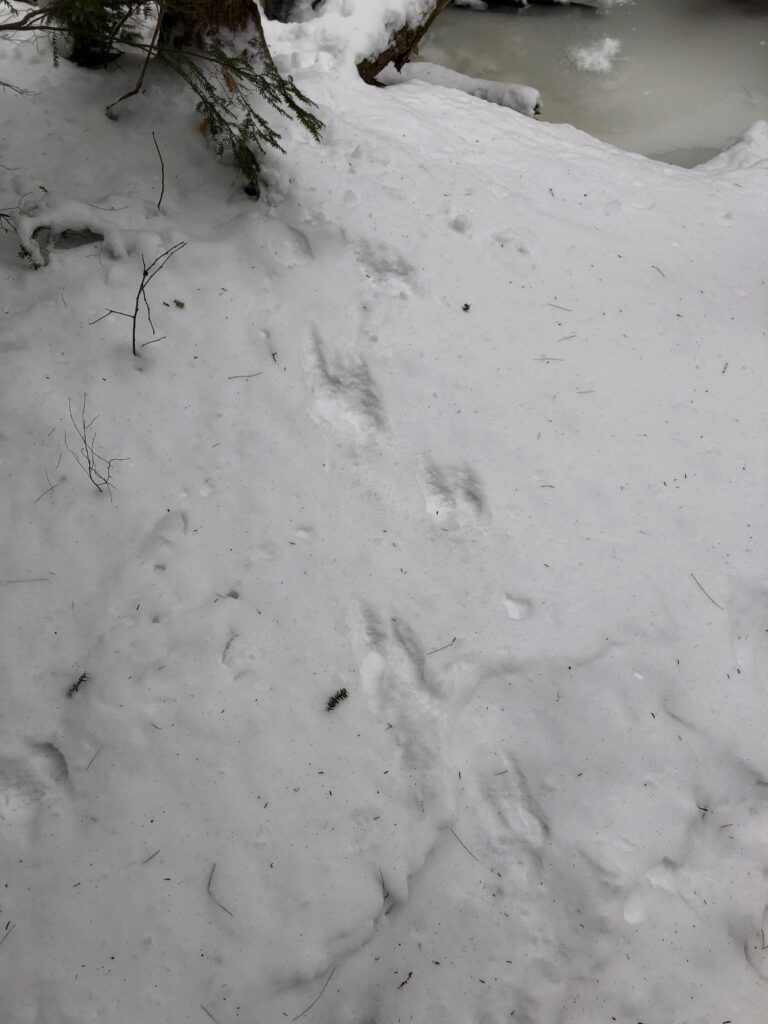
Figure 1: Deer tracks approaching brook 
Figure 2: Squirrel tracks under a tree
Additionally, on the way to my phenology sight, I encountered something strange- bark missing from trees in odd places (Figure 3). I immediately got excited, remembering that moose rub their antlers against trees to scratch off its velvet, stripping trees of their bark. But after doing some research, it is clear that moose strip much more of the bark off than what I saw missing. I did, however, find that both squirrels and porcupines strip bark off trees for their nests, which is much more plausible considering my whereabouts. This is another sign of life in a seemingly sleepy forest.

Though animal sightings may be sparse during the winter months, there is one type of organism that will never abandon its place in the forest: trees. Trees stand through every season and the hardships that come with each, whether its lack of water or competition for sun or disease brought by summer bugs. The trees that surround my sight in Centennial include Eastern White Pines, Birch trees, Red and Sugar Maples, Red Oaks, and Eastern Hemlocks. Figure 4 shows a young Birch sapling, growing tall despite the harsh conditions, and Figure 5 is a sketch of one of its twigs.
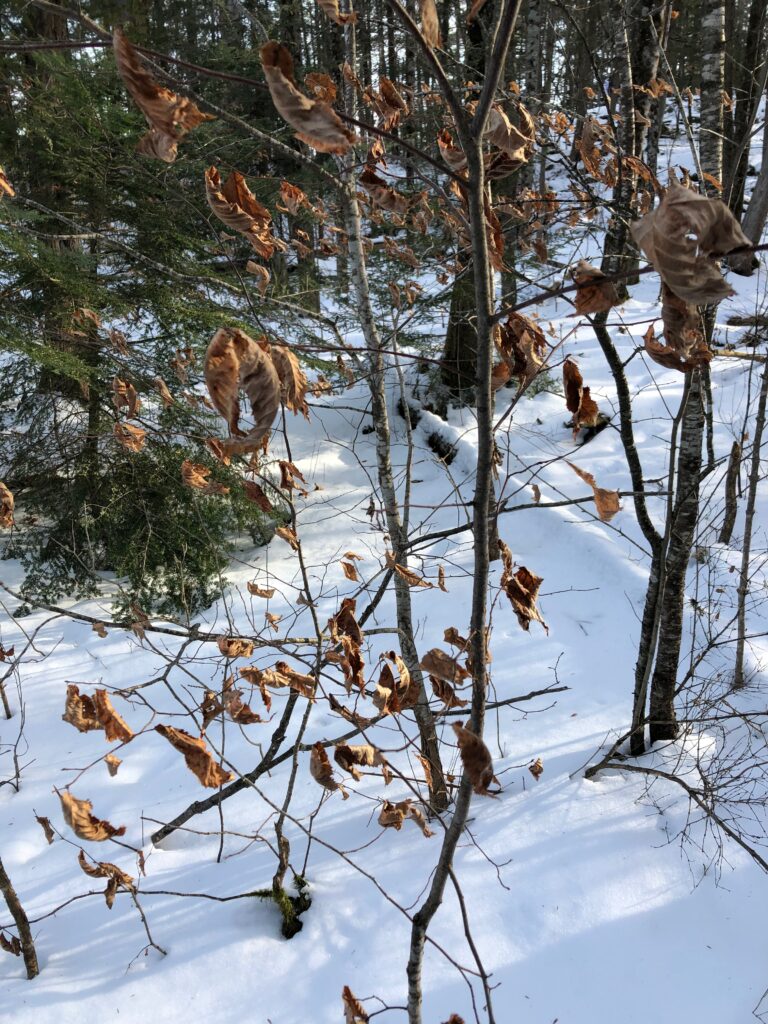
Figure 4: Birch Sapling 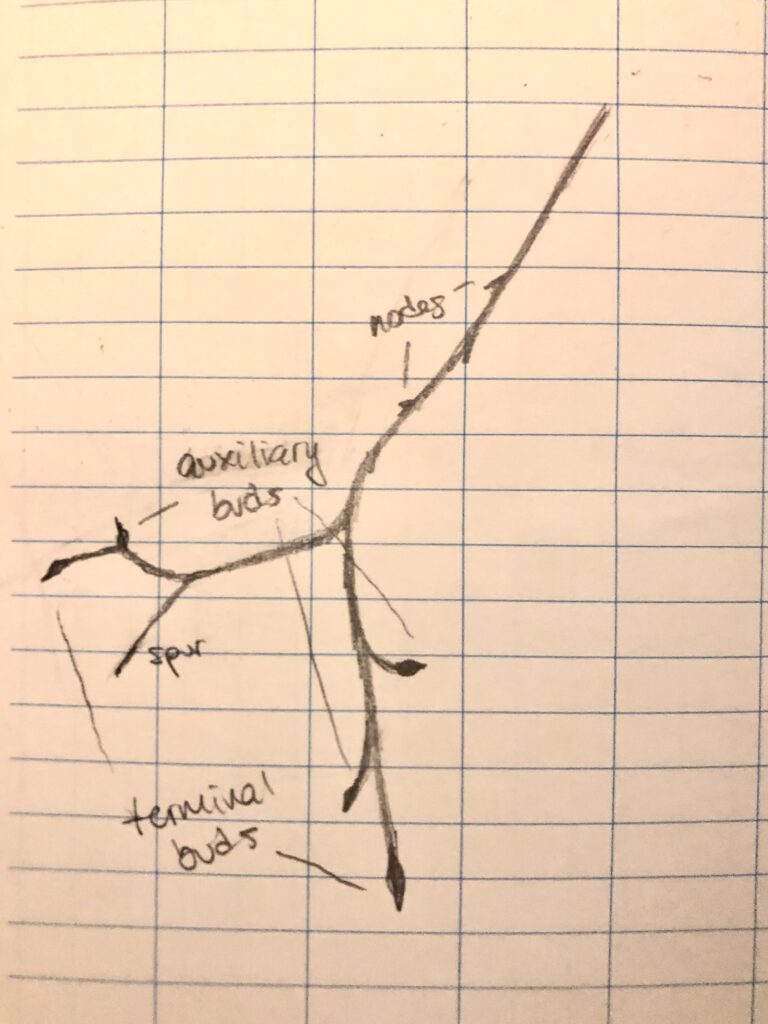
Figure 5: Birch Sapling Twig
There are only slight changes since I last visited my sight in December; there is more snow on the ground than last time and the brook froze over. However, I can still hear the trickle of the waterfall, so the water is still active beneath the ice. This is important as the brook is a lifeline for many plants and organisms throughout Centennial Woods.
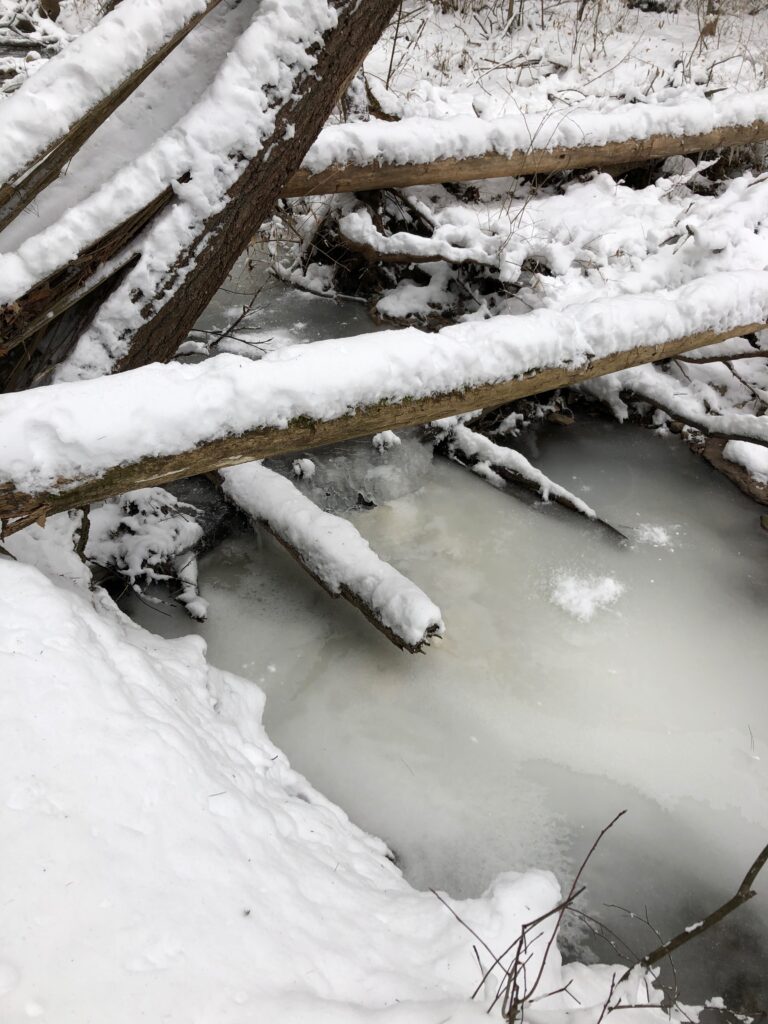
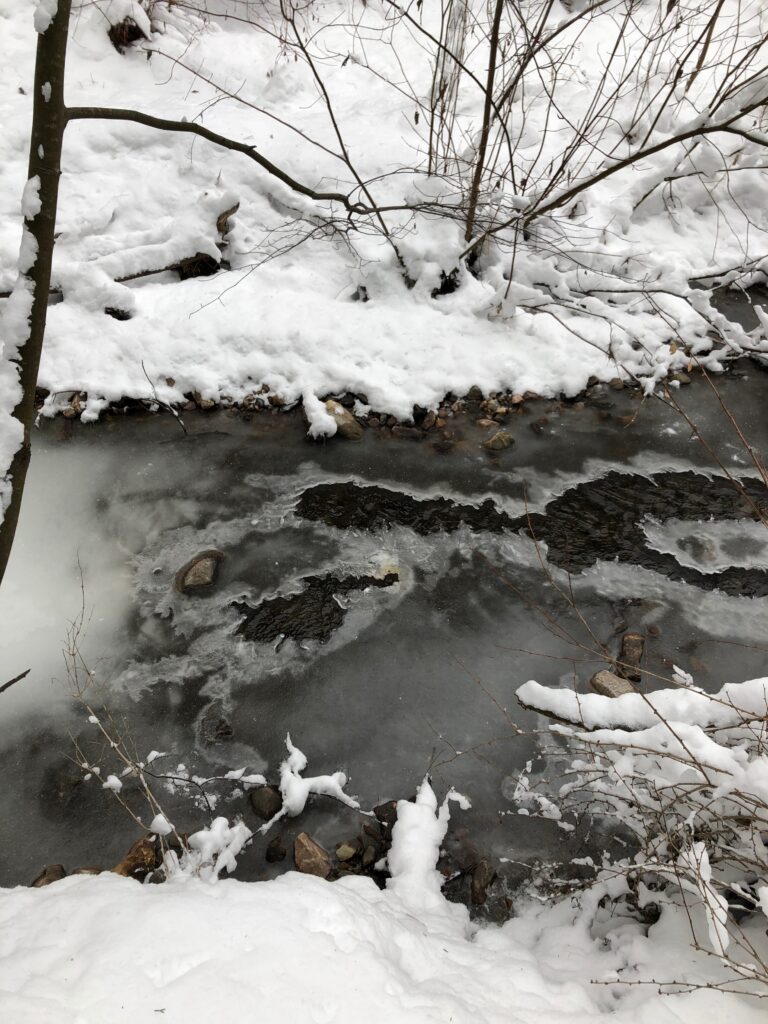
Recent Comments